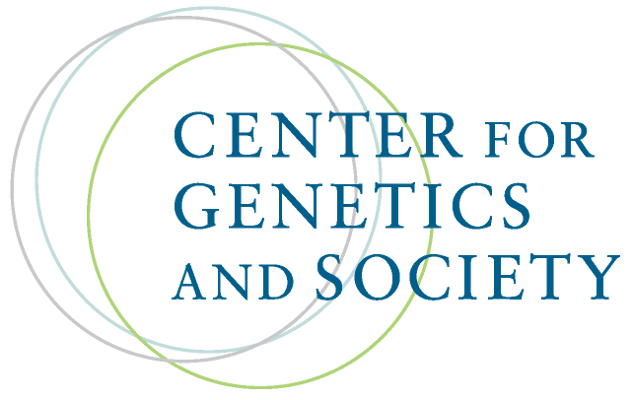Taking responsibility: Asilomar and its legacy
By J. Benjamin Hurlbut,
Science
| 01. 30. 2025
In February 1975, leading molecular biologists gathered at the Asilomar conference center on the California coast to evaluate risks of the emerging technology of recombinant DNA and to establish guidelines to govern research. The meeting is remembered as a defining moment in the making of molecular biology. Yet its legacy lies not in specific rules it developed but in the approach to scientific self-regulation that it crystallized. Five decades later, this near-mythic “meeting that changed the world” is held up as a precedent to celebrate and a model to emulate: Scientists take responsibility for governing themselves, solidifying public trust while securing future benefits of technology for society. But although this may elicit public acquiescence and secure scientific autonomy in the short run, ultimately it has engendered reactive distrust. The 50th anniversary affords a moment for taking stock of Asilomar’s legacy and its implications for science and democracy. Its lessons are difficult.
The Asilomar meeting is held up as an exemplar of how scientists can navigate between the Scylla of technological risk and the Charybdis of public reaction and overregulation (...
Related Articles
By staff, Japan Times | 12.04.2025
Japan plans to introduce a ban with penalties on implanting a genome-edited fertilized human egg into the womb of a human or another animal amid concerns over "designer babies."
A government expert panel broadly approved a proposal, including the ban...
By David Jensen, The California Stem Cell Report | 12.11.2025
California’s stem cell and gene therapy agency today approved spending $207 million more on training and education, sidestepping the possibility of using the cash to directly support revolutionary research that has been slashed and endangered by the Trump administration.
Directors...
By Tina Stevens, CounterPunch | 12.11.2025
Silicon Valley and other high tech billionaires are investing millions in start-ups dedicated to creating genetically engineered (GE) babies, according to a recent Wall Street Journal (WSJ) report. AI mogul Sam Altman, cryptocurrency entrepreneur Brian Armstrong, venture capitalist Peter...
By Jenny Lange, BioNews | 12.01.2025
A UK toddler with a rare genetic condition was the first person to receive a new gene therapy that appears to halt disease progression.
Oliver, now three years old, has Hunter syndrome, an inherited genetic disorder that leads to physical...




